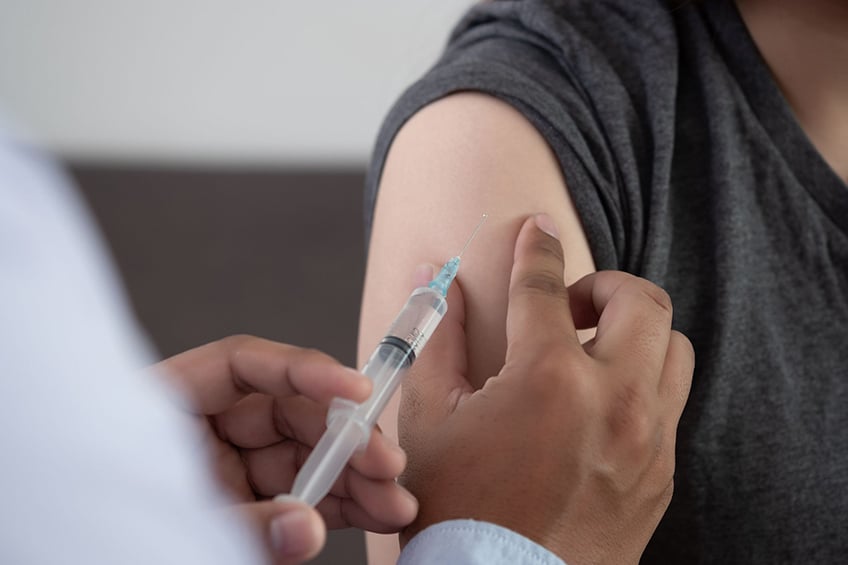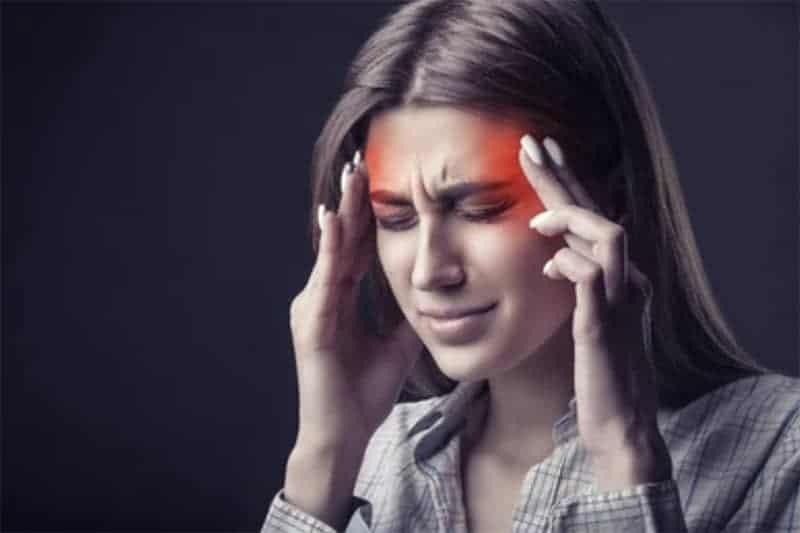Anyone who has experienced pain in their lower back knows just how cumbersome this symptom can be. Lower back pain can be a result of many different causes, from acquired injuries to rheumatic diseases. But regardless of what’s causing it, pain in your lower back can make it difficult for you to perform your everyday activities and enjoy life.
Lower back pain is a common complaint in adults. This uncomfortable symptom has been estimated to affect approximately 80 per cent of people at some point in their lives, and it is the most common cause of job-related disability.
Fortunately, most lower back pain cases can be fully resolved with time and adequate treatment. There are also certain prevention techniques that lower the risk of your back pain coming back in the future.
Let’s discuss some of the most common causes of lower back pain, its treatment, and what you can do to prevent it.
Anatomy of the lower back
The lumbar spine is a complex structure composed of many different bones, intervertebral discs, joints, ligaments, muscles, and nerves that constantly work together to perform various movements smoothly and painlessly. The five vertebrae (L1-L5) that make up the lumbar spine are the largest and strongest movable vertebrae.
Your lower back is the area that goes from your lowest rib to the upper part of your buttocks. There, the vertebral column or spine has a normal inward curvature called lordosis. This lordosis plays different roles, including:
- Evenly distributing the weight from your upper body to your lower extremities
- Reducing stress and impact on your spine
- Helping balance the weight of your head on your spine
- Allowing for a more efficient gait thanks to weight distribution
The spinal cord comes to an end between L1 and L2. A smaller bundle of spinal roots and rootlets forms the cauda equina, which continues down to the tailbone. Spinal nerves exit the spine between each lumbar vertebra, and these nerve roots come together to form the sciatic nerve.
Causes of lower back pain
Mechanical abnormalities and soft tissue injuries are among the most common causes of lower back pain. Let’s review some of the conditions that frequently lead to this uncomfortable symptom:
Sprains and strains
Muscle strains and ligament sprains are the most common causes of lower back pain — and fortunately for us all, they also tend to improve and rarely lead to chronic pain. Strains and strains occur when muscles, tendons, or ligaments are stretched beyond their capacity and develop partial tears or microtears as a result.
Sprains and strains can occur as acute injuries, or they can develop progressively over a period of time. Different movements can lead to these types of injuries, including:
- Lifting a heavy object using an inadequate technique
- Engaging in poor posture over a prolonged period of time
- Falling or twisting your lower back suddenly
Ligament sprains and muscle strains cause symptoms that are essentially indistinguishable from each other, and they often receive the same treatment. Symptoms of sprains and strains can include:
- Lower back pain that can irradiate to the buttocks, but not the legs.
- Decreased range of motion and stiffness in the lower back.
- Pain that intensifies with specific movements or positions.
- Muscle spasms or cramping.
Symptoms caused by these injuries typically improve on their own within 10 to 14 days. However, they can cause moderate to severe pain at first.
Disc injuries
Chronic pain in the lower back can often involve a disc problem. A spinal or intervertebral disc is a structure formed by an outer fibrous ring or annulus fibrosus and an inner centre called the nucleus pulposus. These discs are located in between each vertebra, and they help absorb shock while allowing for spinal movement.
Conditions that can affect your lumbar discs include herniated discs and degenerative disc disease.
When you suffer from a spinal disc herniation, the soft nucleus pulposus can protrude through the annulus fibrosus. This can cause inflammation, nerve compression, and nerve pain.
Degenerative disc disease can occur as we age and our spinal discs become deteriorated due to the effects of daily wear-and-tear on our bodies. Degenerative disc disease can cause or worsen other spinal conditions, such as herniated discs, spinal stenosis, osteoarthritis of the spine, spondylolisthesis, and scoliosis.
The symptoms of lumbar disc injuries include:
- Dull or throbbing pain that radiates from your lower back to one or both legs.
- Pain that worsens with activities such as walking, bending, and sitting.
- Numbness and tingling sensations on your legs or feet.
- Cramping or spasms that affect your lower back or legs.
Sciatica
Sciatica is a more complex problem that is caused by nerve root pressure or irritation on the sciatic nerve. Sciatica causes a burning or shock-like pain that travels down one leg along the pathway of the nerve. A herniated disc causes 90 per cent of all cases of sciatica, and most cases will gradually settle within 12 weeks.
Other causes
- Arthritis
- Ankylosing spondylitis
- Osteoporosis
- Spinal stenosis
- Fibromyalgia
- Skeletal abnormalities
- Spina bifida
- Tumours
- Kidney stones
- Pregnancy
Treatment for lower back pain
Low back pain is a common problem. Fortunately for most of us, recovery occurs with maintaining normal daily activities and stretching the affected segment. The treatment for low back pain can vary greatly depending on what is causing it.
It’s imperative to visit your GP so you can get an accurate and timely diagnosis of your lower back pain. Your physician will take a personal history, perform a physical examination, and order any relevant tests to determine the cause of your pain. Depending on your symptoms, they could order tests such as:
- X-ray
- MRI scan
- CT scan
- Electromyography (EMG)
- Myelogram
Getting diagnosed quickly can make a massive difference since it will allow you to start treatment and change any habits that could be worsening your condition.
Non-steroidal anti-inflammatory drugs (NSAIDs) can be used to manage acute pain. Muscle relaxants may also be prescribed if you’re suffering from muscle spasms. If your pain is too severe, stronger medications — such as opioids — could be considered.
Conditions such as a herniated lumbar disc, spondylolisthesis, and spinal stenosis may require surgical treatment. In this case, your medical team will choose the proper technique based on your diagnosis and overall health condition.
Physical therapy may be recommended for different causes of lower back pain. If your posture or a repetitive motion caused the injury, it could be beneficial to visit a physiotherapist to correct these issues. Physical therapy can also help you regain your strength, improve your muscle mass, increase your range of motion, and recover from surgery. In some cases, a back brace can reduce pain — especially after surgery.
Pilates
The results of Pilates, a powerful self-management option in the prevention of back pain, are truly impressive.
Joseph Pilates introduced in the 1920s the concepts of muscle imbalances and “cheating mechanisms” – in essence, bad habits repeated on a daily basis, but that could be overcome by re-balancing the body and strengthening the stabilising muscles which lie close to and support the spine thus improving core strength and producing a “natural corset”. Pilates exercises are gentle, progressive and performed slowly with good postural alignment at all times. I would encourage you to give them a go!
Core strengthening
Having strong core muscles can provide a higher degree of spine stability in the long run, which can help stave off back injuries. Working on your abdominal muscles can also help prevent re-injury of your lower back.
What can I do to prevent lower back pain?
Keep a correct posture while you sit or stand.
Bad posture can lead to many aches over the years. Ensure you maintain a good posture whether you’re walking, standing, sitting, or even sleeping. If you work at a desk, it’s also essential to use an adequate desk and chair to ensure an ergonomic and comfortable position.
Use correct technique while lifting objects.
Rather than bending your back to reach for an object, squat and lift from your knees. This simple technique can help prevent many back injuries over the years.
Maintain a healthy weight
Excess weight can put undue stress on all the joints in your body, including those on your lumbar spine. Maintaining a healthy weight, lean muscle mass, and good cardiovascular health can help prevent many injuries down the road.
Don’t smoke!
You probably know that smoking is one of the main risk factors for lung conditions and many other types of systemic diseases. But did you know that smoking can also increase your risk of degenerative disc disease? It does, and avoiding tobacco can help you maintain better overall health while also taking care of your lower back.








